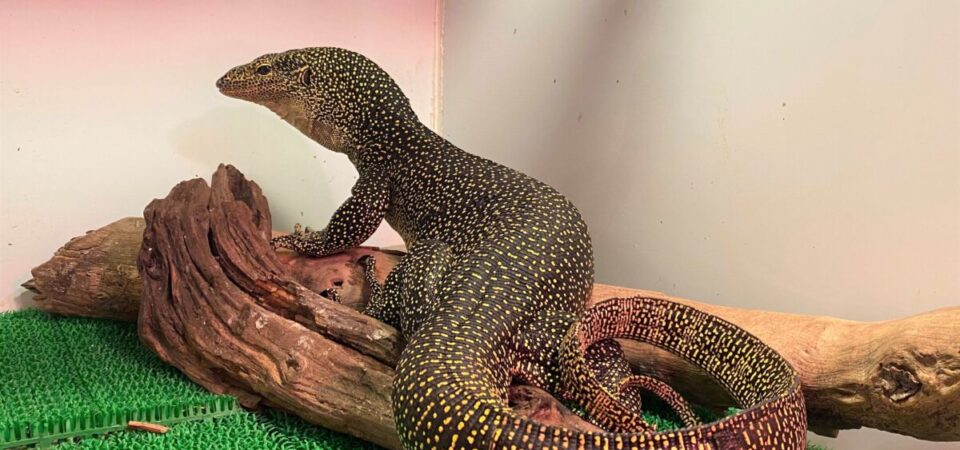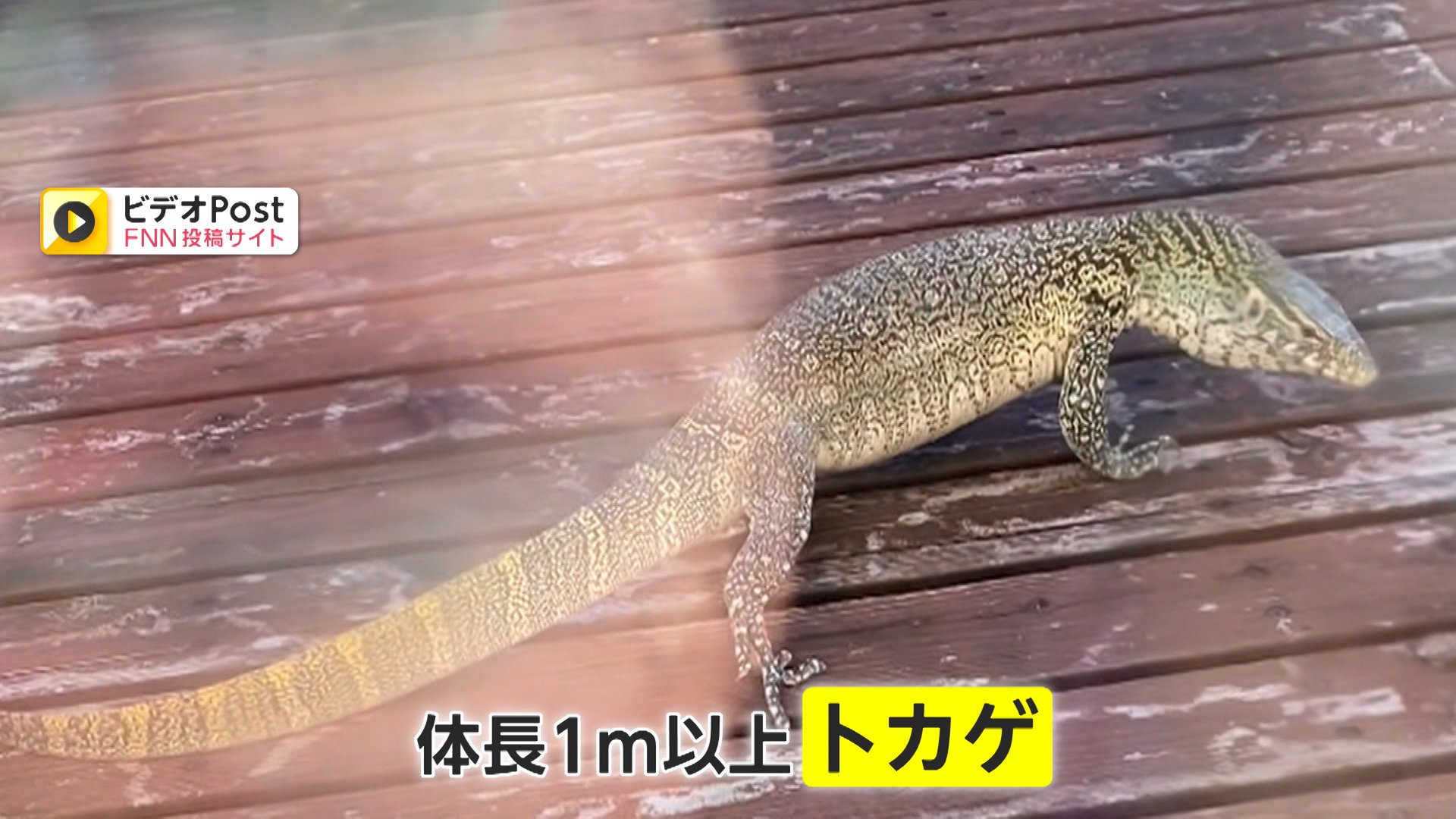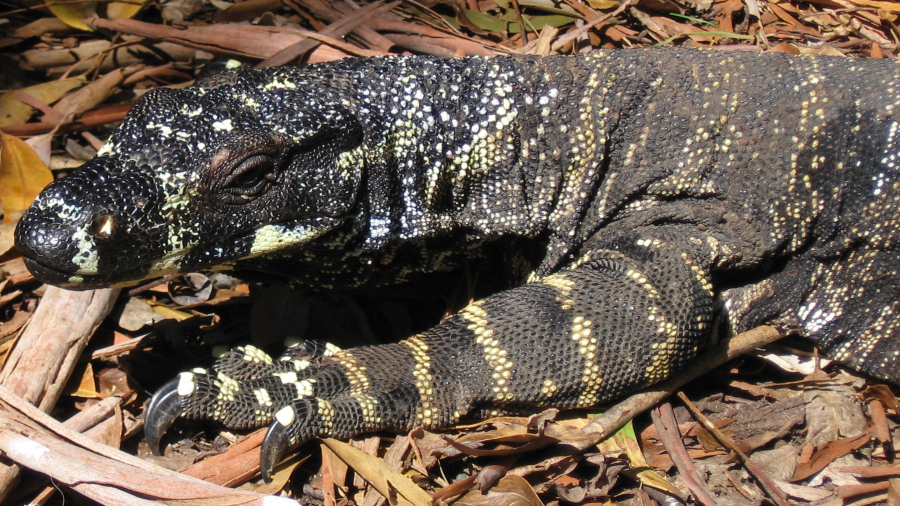Introduction
オオトカゲ 種類, オオトカゲ (Otokage), commonly known as monitor lizards, represent a fascinating and diverse group of reptiles found in various regions around the world. With their unique physical characteristics, varied habitats, and intriguing behaviors, these creatures have captivated the interest of both reptile enthusiasts and casual observers alike. In this article, we embark on a journey to explore the 種類 (shurui), or types, of オオトカゲ, shedding light on the rich tapestry of monitor lizard diversity.

オオトカゲの基本的な特徴 (Basic Characteristics of Monitor Lizards)
Before delving into the different types of オオトカゲ, it’s essential to understand the fundamental characteristics that define this group of reptiles. Monitor lizards belong to the family Varanidae and are characterized by the following features:
Must Read=Charging Stations for Electric Vehicles: Empowering the Future of Transportation
- Size and Morphology:
- オオトカゲ exhibit a wide range of sizes, from relatively small species measuring a few feet to giants like the Komodo dragon, which can reach lengths of over 10 feet. They typically have long bodies, strong limbs, and long tails.
- Forked Tongue and Jacobson’s Organ:
- Similar to snakes, monitor lizards possess a forked tongue that aids in chemoreception. They use Jacobson’s organ, located in the roof of their mouths, to analyze scent particles in the air, helping them locate prey and navigate their environment.
- Excellent Climbers and Swimmers:
- オオトカゲ are versatile reptiles, demonstrating adept climbing and swimming abilities. Some species are arboreal, spending much of their time in trees, while others are skilled swimmers, capable of traversing water bodies with ease.
- Varied Diet:
- Monitor lizards are opportunistic feeders with a diverse diet. They may consume insects, small mammals, birds, eggs, and even carrion. The Komodo dragon, in particular, is known for its ability to take down large prey, including deer and water buffalo.
- High Intelligence:
- These reptiles exhibit a level of intelligence that sets them apart from other lizard species. They are known for problem-solving behavior, and some species have displayed a capacity for learning and memory.
オオトカゲの主な種類 (Major Types of Monitor Lizards)
Now, let’s delve into some of the main types of オオトカゲ, highlighting their unique characteristics and distribution:

- コモドオオトカゲ (Komodo Dragon – Varanus komodoensis):
- Native to the Indonesian islands of Komodo, Rinca, Flores, and Gili Motang, the Komodo dragon is the largest living lizard on Earth. Known for its massive size, powerful jaws, and deadly bite, the Komodo dragon is a formidable predator. These lizards have a unique adaptation in their saliva, which contains a mix of bacteria that can lead to a fatal infection in their prey.
- ニシキヘビオオトカゲ (Nile Monitor – Varanus niloticus):
- The Nile monitor is a large, aquatic lizard native to Sub-Saharan Africa. With distinctive patterns and a streamlined body, these monitors are excellent swimmers. They are known for their adaptability and can be found in various habitats, including rivers, lakes, and savannas.
- ベネズエラオオトカゲ (Black-throated Monitor – Varanus albigularis ionidesi):
- Indigenous to southern Africa, the Black-throated Monitor is a species characterized by its striking black throat. These monitors are semi-arboreal and are often found in wooded areas. They are known for their exceptional climbing skills and are adept hunters both on the ground and in trees.
- アフリカオオトカゲ (Savannah Monitor – Varanus exanthematicus):
- Native to the grasslands and savannas of sub-Saharan Africa, the Savannah monitor is a medium-sized lizard with a distinctive pattern of yellow and black bands. These monitors are ground-dwellers and are often found in burrows. They are popular in the pet trade, although captive care requires careful attention to their specific needs.
- オオバンオオトカゲ (Bengal Monitor – Varanus bengalensis):
- Widely distributed across South Asia, Southeast Asia, and the Indian subcontinent, the Bengal monitor is a medium to large-sized lizard with a distinctive pattern of light and dark bands. These monitors are adaptable to various habitats, including forests, grasslands, and urban areas.
- ティモールオオトカゲ (Timor Monitor – Varanus timorensis):
- Endemic to the islands of Timor, Timor-Leste, and surrounding areas, the Timor monitor is a smaller species with a more subdued coloration. These monitors are known for their calm demeanor, making them a relatively popular choice in the pet trade.

保護の課題と将来展望 (Conservation Challenges and Future Perspectives)
While monitor lizards continue to capture the fascination of enthusiasts worldwide, they face numerous conservation challenges. Habitat loss, poaching, and the illegal pet trade threaten various species of オオトカゲ. Conservation efforts, including habitat protection, captive breeding programs, and public awareness, are crucial to ensuring the survival of these remarkable reptiles.

